
Amlan Mukherjee generously shared his knowledge on Husky Bites, a free, interactive Zoom webinar hosted by Dean Janet Callahan, back on Monday, October 11. You can view the YouTube recording of his session to learn something new in just 30 minutes (or so). Here’s the link to watch. Register for future sessions of Husky Bites at mtu.edu/huskybites. Grab some supper, or just flop down on your couch. Everyone’s welcome! It’s BYOC (Bring Your Own Curiosity).
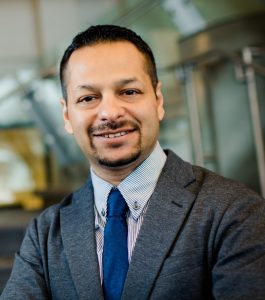
Michigan Tech CEGE Department Chair Audra Morse and Amlan Mukherjee, Professor of Civil, Environmental, and Geospatial Engineering at Michigan Tech got together on Zoom to talk about Net Zero.
The United States has set the ambitious target of reaching Net Zero emissions economy-wide by no later than 2050, and roughly halfway to zero by 2030. “Reducing our atmospheric greenhouse gas emissions is crucial to reducing the long-term rise in average global temperatures,” says Mukherjee. “Given the carbon intensive nature of our economy, it seems unlikely that we can reduce our emissions to zero. However our shared goal of Net Zero—balancing the net amount of greenhouse gas emissions that are being emitted, versus that which is being absorbed back from the atmosphere—will result in promising new methods and technologies.”
During Husky Bites, Mukherjee will explore Net Zero implications for engineering practice. Joining in will be Dr. Heather Dylla, Mukherjee’s good friend and longtime professional collaborator. Dylla is the VP of Sustainability and Innovation at Construction Partners Inc.
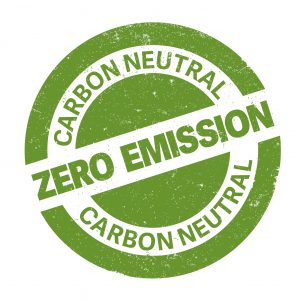
“There’s a product component and a process component to reaching Net Zero,” adds Mukherjee. “It is daunting. But I think we can do this. There are various approaches we can use.”
Mukherjee has extensive background and experience in life cycle assessment for the construction materials industries. His focus: integrated data, rich workflows, and model-based processes—the digital transformation of construction.
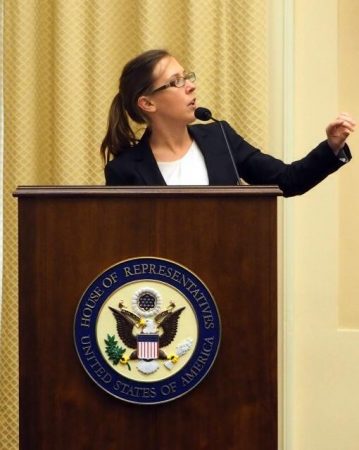
Early on as a civil engineering professor and researcher, Mukherjee recognized the need to consider energy efficiency and life cycle environmental impacts of construction materials and processes when designing our infrastructure. He set out to lay the foundation for best practices. “I wanted to inform design and construction using life cycle thinking to optimize project cost and performance with an eye on reducing environmental impacts,” he says.
Fast forward 15 years. Mukherjee’s hard work has resulted in important project management tools to help government agencies and construction firms consider reductions in life cycle CO2 emissions of their projects—in addition to cost and project duration—as they develop strategies that improve the sustainability of their projects.
One size does not fit all, he says. “For agencies involved in horizontal infrastructure—such as roads, bridges, highways—we developed separate guidelines for construction, rehabilitation and maintenance projects. Incorporating Net Zero by 2050 will involve many of the same types of solutions,” adds Mukherjee. “We need data tools to enable improved decision making, recognizing that the solutions for one project may not apply to another.”

At Michigan Tech, Mukherjee completed the National Science Foundation I-Corps program, created to reduce the time and risk associated with translating promising ideas and technologies from the lab to the marketplace. His involvement not only led to starting his own business but it also revamped the way he teaches his classes, with a focus on lean start-up practices and design thinking—a methodology for creative problem solving from the Stanford d.school.
“A design thinking mindset changes your approach to everything you do,” Mukherjee says. “You start looking at the world not just as a problem-solver, but also as a value creator. Once you identify the client’s needs, the math is the easy part, but being able to do the right math for the right project—that’s where the design-thinking mindset comes in. Are you solving a problem that matters, and are you creating value out of it? As the American Society of Civil Engineers reminds us, it’s not enough to build the project right, it’s also important to build the right project.”
Mukherjee formed his company, Trisight Engineering, in 2013. Trisight provides life cycle assessment services, data analyses, and data interface tools for sustainability assessment of horizontal infrastructure. He brought on Michigan Tech Alums Lianna Miller (’06) and Dr. Benjamin Ciavola (’14) as full-time managing partners.
“There’s a product component and a process component to reaching Net Zero,” adds Mukherjee. “It is daunting. But I think we can do this. There are various approaches we can use.”
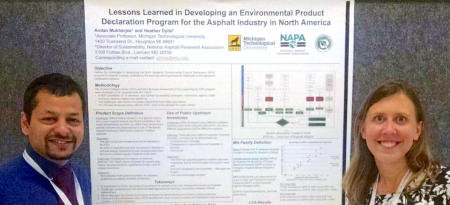
“In academia, Dr. Heather Dylla has been my collaborator for the past 8 years,” notes Mukherjee. “We’ve developed several protocols and practices together that are now in the process of becoming industry standards.” Some of their most recent collaborations took place while Dylla was with Federal Highway Administration (FHWA), working as a Sustainable Pavement Engineer. Dylla managed the FHWA Sustainable Pavements Program and the Pavement Policy, leading an effort to incorporate principles of life cycle thinking into the design and decision-making process. “That includes the three pillars of sustainability: economic, environmental, and social impacts,” she says. She earned her doctorate from Louisiana State University where she focused on quantifying the environmental impacts of photocatalytic “smog-eating” concrete pavements.
Prof. Mukherjee, how did you first get into engineering? What sparked your interest?
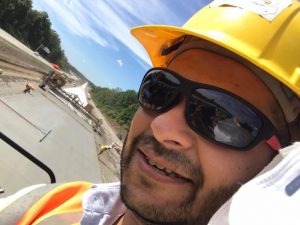
As a child my favorite toy was a model of a Boeing 707. I imagined all the places I could fly to on it, and that started my early love for all things transportation—highways, airports, and trains. I liked tinkering with stuff and putting things together, whether it was jigsaw puzzles or robots involving simple circuitry. I also enjoyed math and science in school, so engineering was the logical direction.
During my undergraduate experience, as I began to understand the science behind climate change and appreciate its challenges, I was drawn to investigating ways to engineer functioning systems while also reducing environmental impacts.
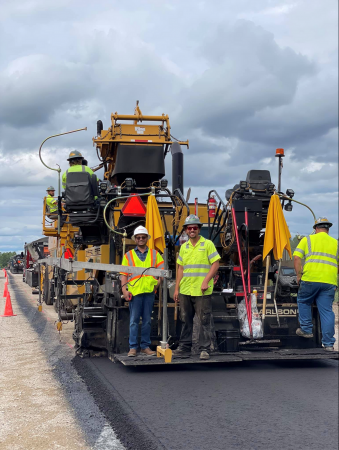
A love for all things transportation and the many new worlds our transportation assets provide us access to—along with a growing concern for the environment—largely shape what I do.”
Hometown, family?
I was born in the northeastern state of Assam in India, but left before I was a year old and never returned. Hence, I have found home in many different cities, chief of them Kolkata and Seattle. Now I call Houghton home, having lived here the longest of any place.

What do you like to do in your spare time?
I enjoy singing in community choirs, volunteering for service-oriented community organizations, and getting trained to be a better version of myself by my two cheeky dachshunds.
Did you know?
Prof. Mukherjee serves on the Federal Highway Administration (FHWA) Sustainable Pavements Technical Working Group. He’s on the board of both the Green Buildings Initiative and the Greenroads Foundation. And he recently co-authored guidelines for sustainable highway construction practices for the National Academies’ National Cooperative Highway Research program (NCHRP).
Dr. Dylla, how did you decide to become an engineer?
I had already applied to many schools to study environmental science, geology, or international studies, (though not engineering). Later in my senior year of high school, my Physics teacher introduced me to a mentor from the Society of Women Engineers. I was unaware of the opportunities in engineering and she explained all the options to me. Civil engineering piqued my interest since it covered many of the topics I was interested in: architecture, math, and environment. I decided to apply to one engineering school, Bradley University in Peoria, Illinois. It all worked out from there.
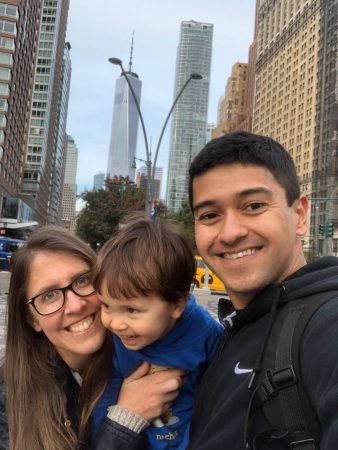
Hometown, family?
I grew up in Eden Prairie, Minnesota. I have a younger brother and sister. I am close to both. I never thought I would live in Minnesota and always dreamt of living abroad. In fact, my husband is from Brazil. However, after having a kid, we got tired of always using our vacation to see family and the busy life of DC with long commutes, so we moved to Minnesota to be near my family. My son Lucas is now 4 years old. He’s always by my side.
Any hobbies?
After having Lucas, I feel my spare time is limited. Generally, he keeps me busy every free moment I have. We enjoy playing cars, puzzles, games, traveling, spending time with family and friends, watching movies such as Harry Potter, dancing, and swimming at one of the many beaches in Minnesota.